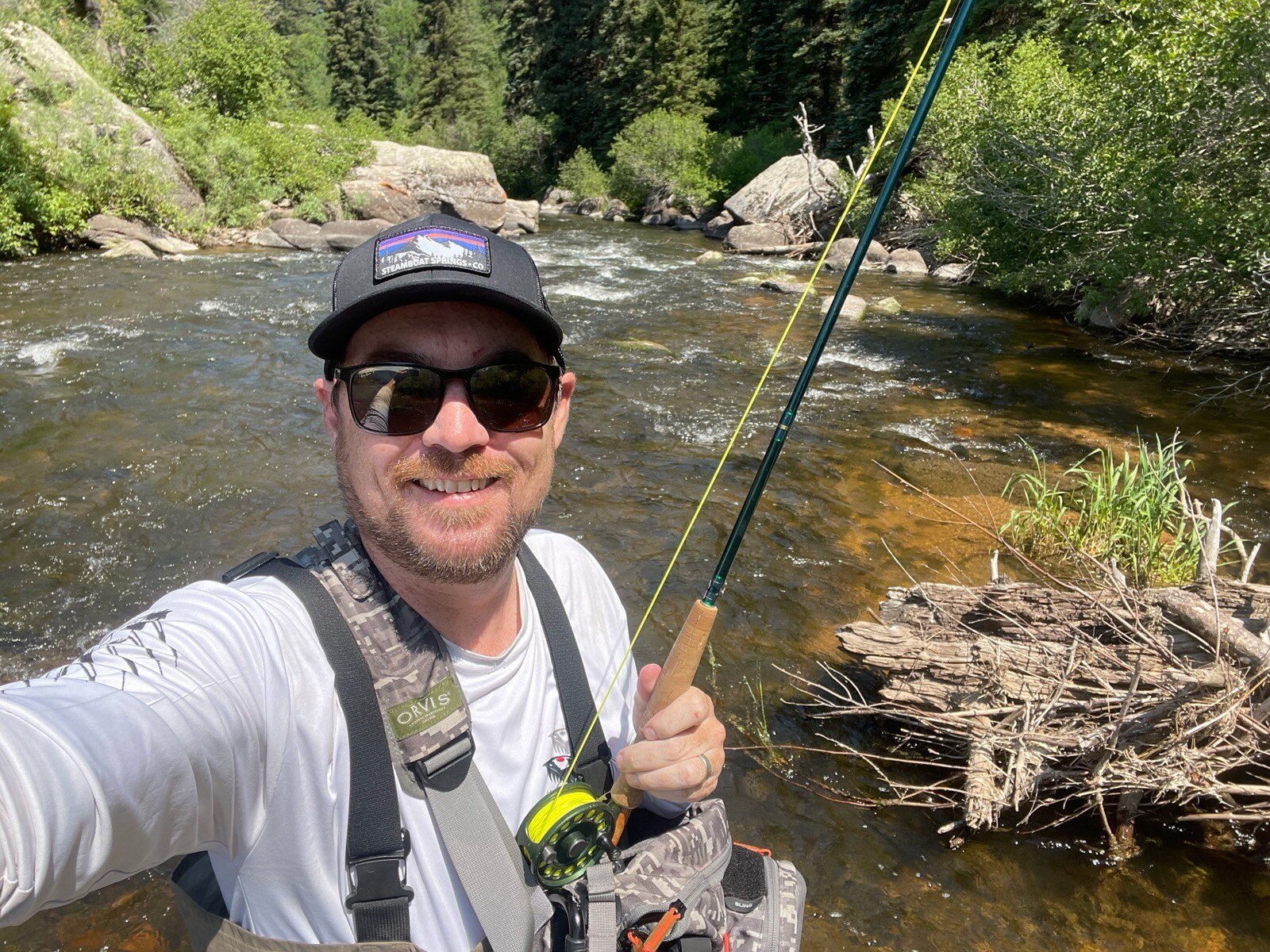Eddies and backwaters are the quiet sanctuaries in a river’s chaotic current, perfect for both fish and savvy anglers. These pockets of slow-moving water often collect drifting food and offer fish a place to conserve energy. Learning to target these areas can elevate your river fishing game by helping you focus on spots where fish are more likely to feed without battling the fast-moving current.
.png?width=1920&height=1080&name=Untitled%20design%20(2).png)
What is an Eddy?
An eddy is a small whirlpool that forms when the main current flows around an obstruction—like a boulder or bend in the river—and then circles back upstream. These eddies can vary in size from just a few feet wide to as large as a football field, depending on the river’s size and flow. Larger eddies are often found on big rivers, while smaller ones are common in smaller streams. ( more info at: Slackwater
Where to Find Eddies and Backwaters
- Behind Rocks and Boulders: This is the classic location for eddies, as water flows around obstacles and creates a quiet pool of water downstream.
- River Bends: When a river takes a sharp turn, the outside of the bend has the strongest current, while the inside bend creates a calmer eddy.
- Backwaters: These are larger, slower pools typically found along the riverbank where the flow is minimal. These spots are goldmines for fish waiting for food to drift by. (More info: Wandering Angler
Techniques for Fishing Eddies
-
Cast into the Seam: The seam is the line where fast-moving water meets the slower-moving water of the eddy. Fish will often sit right on the edge of the seam, waiting for food to pass by. Cast slightly upstream and let your fly or lure drift naturally into the eddy
-
Work the Entire Eddy: Fish will move around within an eddy, especially in larger ones. Start by casting into the calmer center and work your way around the edges, focusing on spots where the current re-enters the river (the "flushing zone")
-
Use Streamers and Nymphs: When fishing eddies, especially in deeper water, streamers and nymphs tend to perform well. Let the fly sink into the slower-moving water and use a slow retrieve to mimic the natural drift of food
Common Mistakes to Avoid
-
Casting Directly Into the Eddy: A direct cast into the center of the eddy can result in a tangled drift as conflicting currents pull your fly in multiple directions. Instead, aim for the edges or seams to maintain a more natural presentation
-
Overlooking Smaller Eddies: Even small eddies (micro eddies) can hold fish, particularly in smaller streams. Don’t be afraid to target these spots with accurate casts, especially when fishing for trout
Pro TIp: A Smart Way to Fish
By focusing on eddies and backwaters, you're essentially letting the river do the work for you. These quieter sections are where fish like to gather, and if you can present your fly or lure naturally, you’re in for some rewarding catches.
.png?width=300&height=100&name=Copy%20of%20Rise%20Beyond%20Logo%2012.31.24%20(300%20x%20100%20px).png)

.png?width=1920&height=1080&name=Untitled%20design%20(6).png)
.png)
.png)
-1.png)